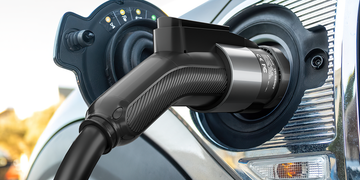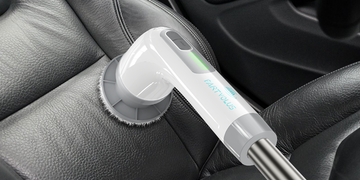How To Charge EV Cars At Home? If you already have an electric vehicle, then you know that having an EV charger is important to achieve fast charging. Charging an electric vehicle (EV) at home is a convenient and common practice. Here's a general guide on how to charge an EV at home:
1. Install a Home Charging Station:
Level 1 Charging (Standard Outlet):
You can use a standard household 120-volt outlet (NEMA 5-15).
An EV charging cord typically comes with the vehicle and has a standard plug for household outlets.
Connect the charging cord to your vehicle and plug it into the standard outlet.
This is the slowest charging option but is suitable for overnight charging.
Level 2 Charging (240-Volt Charging Station):
Install a dedicated Level 2 home charging station with a 240-volt power supply.
You may need a licensed electrician to install the charging station and ensure compliance with local electrical codes.
Purchase a Level 2 charging station compatible with your vehicle.
Connect the station to your vehicle using the appropriate charging cable.
2. Charging Cable and Connector:
Ensure you have the correct charging cable and connector for your EV model.
Most EVs come with a charging cable, and you may need an additional connector if it's not included.
3. Charging Process:
Follow the manufacturer's instructions for your EV and charging station.
Plug the charging cable into the vehicle's charging port and the charging station.
Ensure the charging station is powered on.
The vehicle should indicate that it is charging, and you may see charging status on the dashboard.

4. Charging Time:
Charging time depends on the charging level and the vehicle's battery capacity.
Level 1 charging is slower, while Level 2 charging is faster.
Refer to your vehicle's manual for estimated charging times.
5. Set Charging Schedule (Optional):
Some EVs allow you to set a charging schedule to take advantage of off-peak electricity rates.
Check your vehicle's features and adjust the charging schedule as needed.
6. Monitor Charging:
Most EVs provide information about charging status through their mobile apps or on the dashboard.
Monitor the charging process and disconnect the vehicle when charging is complete.
7. Considerations:
Be aware of local regulations and codes related to EV charging installations.
Regularly inspect and maintain your charging equipment.
Remember to consult your EV's user manual for specific instructions and recommendations from the manufacturer. If you have any doubts or need assistance, it's advisable to consult with a licensed electrician or contact the vehicle manufacturer's customer support.
How To Charge EV Cars At Home? Charging your electric vehicle at home is a straightforward process that provides the convenience of starting each day with a fully charged battery. By understanding the different charging levels, installing the appropriate charging equipment, and following manufacturer guidelines, you can seamlessly integrate EV charging into your daily routine. Home charging not only adds convenience but also contributes to reducing your carbon footprint by promoting the use of clean energy for transportation. Embrace the future of mobility by making your home a reliable charging hub for your electric vehicle.





